HVAC System Installation Estimate For Commercial Building
When you’re installing an HVAC system in a commercial building, it’s important to be aware of the various costs involved. Overall, you can expect to spend between $103,090 and $317,720 for the project. The biggest part of the budget usually goes towards equipment and materials, which can range from $67,600 to $202,800, depending on the size and type of system you choose. Labor costs, which cover the installation work, typically range from $25,350 to $84,500. There are also additional expenses to consider, such as modifications or upgrades, which can add another $10,140 to $30,420.
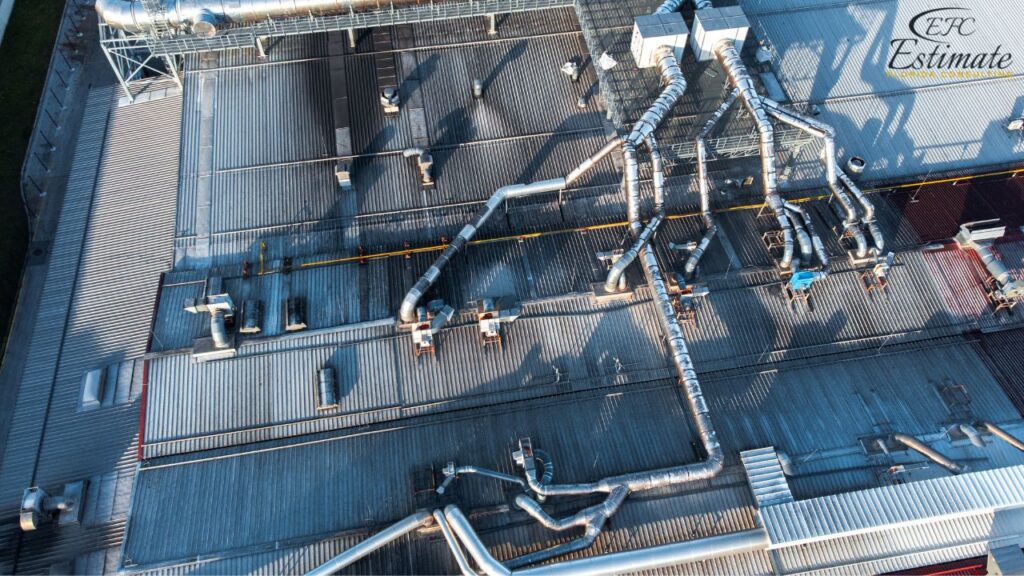
Knowing these cost ranges ahead of time can help you plan better and ensure your HVAC system is set up efficiently and effectively.
Key Factors Influencing HVAC Installation Costs
Building Size and Layout
The size and layout of the building are primary determinants of HVAC installation costs. Larger buildings require more extensive systems with higher capacity, leading to increased costs for equipment and installation. The complexity of the layout, including the number of floors and rooms, also affects the design and installation of the HVAC system. Buildings with open floor plans may require different configurations compared to those with numerous partitions or varying ceiling heights. Additionally, the presence of architectural features such as atriums or large windows can influence the system design, requiring careful consideration to ensure efficient heating and cooling. A thorough assessment of the building’s layout and design is essential for selecting the appropriate HVAC system that meets the building’s specific requirements.
Cost Breakdown: Building Size
Building Size (Sq Ft) | Estimated Cost Range |
Up to 10,000 | $42,250 – $84,500 |
10,000 – 25,000 | $84,500 – $169,000 |
25,000 – 50,000 | $169,000 – $253,500 |
Over 50,000 | $253,500 – $507,000 |
Larger buildings may benefit from economies of scale, but they also present challenges such as ensuring consistent temperature control across vast areas and addressing the unique heating and cooling demands of different zones. Proper zoning and system design can help optimize energy efficiency and performance across the building’s varied spaces.
Type and Efficiency of the System
The type and efficiency of the HVAC system chosen impact the overall cost. High-efficiency systems often come with higher upfront costs but offer long-term savings through reduced energy consumption. Selecting an energy-efficient system can also contribute to sustainability goals and may qualify for tax incentives or rebates. The choice between standard efficiency and high-efficiency models should consider factors such as regional climate, building usage, and budget constraints. High-efficiency systems may require a larger initial investment but can significantly reduce operating costs over time, providing a quicker return on investment through lower energy bills. The selection of an efficient HVAC system can have a significant impact on the building’s operational costs, enhancing sustainability and reducing carbon emissions.
Cost Breakdown
System Type | Estimated Cost per Ton Installed |
Standard Efficiency | $3,380 – $5,070 |
High Efficiency | $5,070 – $6,760 |
VRF System | $6,760 – $10,140 |
The efficiency ratings of HVAC systems are typically measured in SEER (Seasonal Energy Efficiency Ratio) for cooling and AFUE (Annual Fuel Utilization Efficiency) for heating. Systems with higher ratings offer better energy performance, which can lead to significant savings on utility bills. Investing in high-efficiency systems can also contribute to improved indoor air quality and comfort, enhancing the overall work environment.
Additional Components and Features
Additional components and features, such as air quality enhancements, smart thermostats, and zoning controls, can increase costs but offer added benefits in terms of comfort, efficiency, and convenience. These features can be customized to meet the specific needs of the building and its occupants, improving overall system performance and user experience. For instance, air purification systems can enhance indoor air quality by removing pollutants and allergens, creating a healthier environment for occupants. Smart thermostats allow for remote monitoring and control, enabling precise temperature adjustments and energy savings.
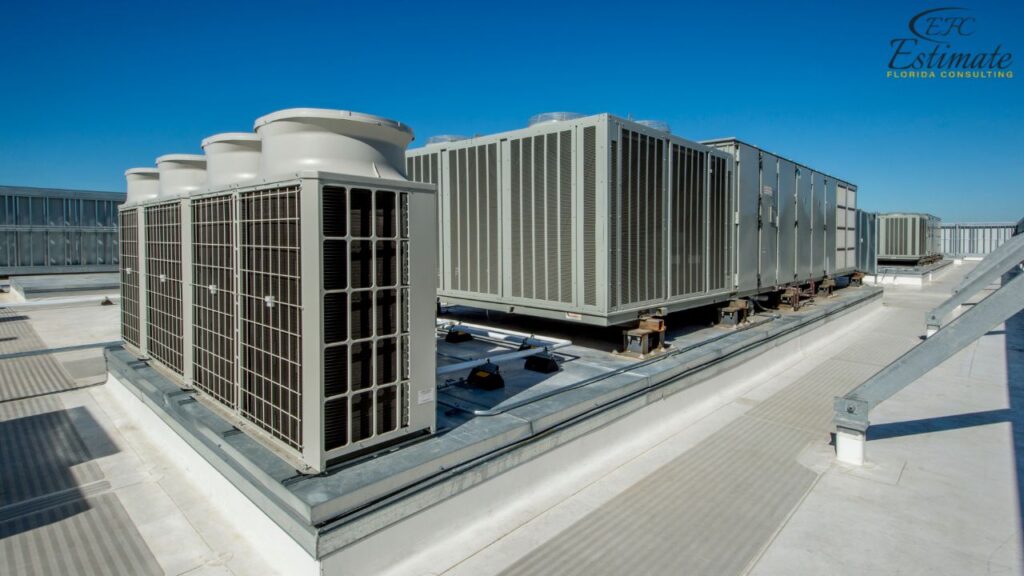
These technologies can optimize energy consumption and enhance user comfort, offering significant value over the lifespan of the system.
Videos For Mechanical Construction
HVAC Installation
HVAC Upgrade
HVAC Installation
Cost Breakdown: Additional Features
Feature | Estimated Cost Range |
Air Purification System | $2,535 – $6,760 |
Smart Thermostats | $423 – $1,268 each |
Zoning Controls | $1,690 – $5,070 |
Investing in these features can enhance the comfort and efficiency of the HVAC system, providing a tailored climate control solution that adapts to the dynamic needs of a commercial environment. These enhancements can improve the building’s overall functionality, increase occupant satisfaction, and contribute to a more sustainable and efficient operation.
Labor Costs and Installation
Professional Installation
Labor costs for installing an HVAC system in a commercial building can vary based on the complexity of the project, the contractor’s expertise, and the location. Hiring experienced HVAC contractors is crucial for ensuring a successful installation that complies with local codes and regulations. Skilled professionals can optimize system design and installation, reducing the risk of future issues and maximizing efficiency. The installation process often involves multiple stages, including system design, equipment placement, ductwork installation, and testing, each requiring specialized skills and attention to detail.
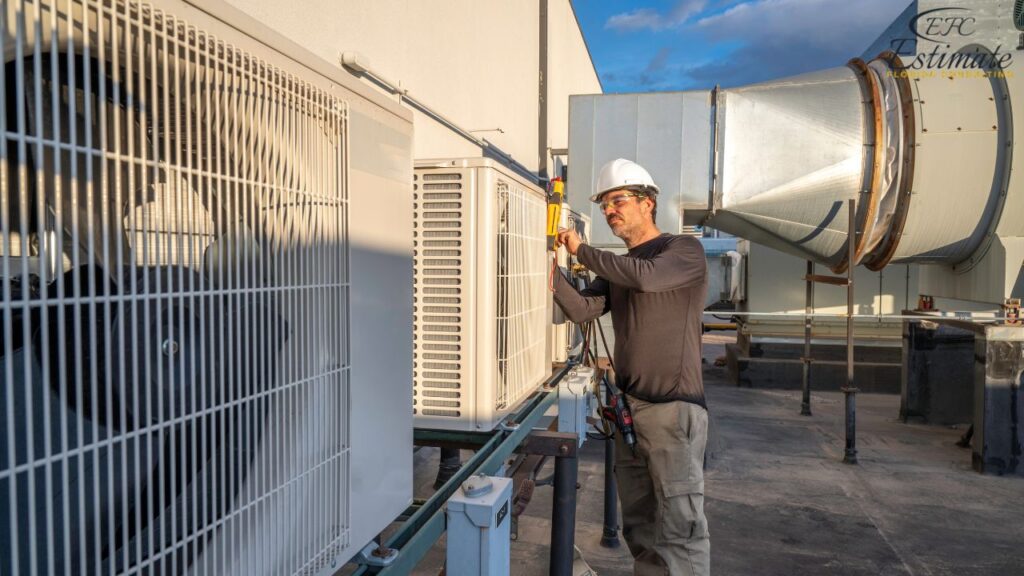
A well-executed installation ensures that the system operates efficiently and reliably, providing long-term value and performance.
Cost Breakdown: Labor
Task | Estimated Cost Range |
System Design and Engineering | $8,450 – $25,350 |
Ductwork Installation | $5,070 – $15,210 |
Equipment Installation | $12,675 – $33,800 |
The expertise and reputation of the contractor play a significant role in determining labor costs. Choosing a reputable contractor with a proven track record can provide peace of mind and ensure that the installation is completed efficiently and correctly. It is essential to select a contractor who understands the specific needs and challenges of commercial HVAC installations to ensure optimal performance and longevity.
Additional Considerations for HVAC Installation
Ductwork and Insulation
Proper ductwork and insulation are essential for maximizing HVAC system performance and energy efficiency. The condition of existing ductwork and the need for new duct installation can significantly affect costs. Ensuring that ducts are well-sealed and insulated helps prevent energy loss and improves indoor air quality. Poorly designed or installed ductwork can lead to inefficiencies, increased energy consumption, and uneven temperature distribution, impacting occupant comfort and increasing operational costs. By investing in high-quality ductwork and insulation, building owners can enhance the overall performance of the HVAC system, leading to improved comfort and lower energy bills.
Ductwork and Insulation | Estimated Cost Range |
Ductwork Installation | $5.07 – $12.68 per linear ft |
Insulation | $1.69 – $5.07 per sq ft |
High-quality ductwork and insulation not only improve system efficiency but also contribute to the overall sustainability and environmental performance of the building.
Download Template For Commercial HVAC Project Breakdown
- Materials list updated to the zip code
- Fast delivery
- Data base of general contractors and sub-contractors
- Local estimators
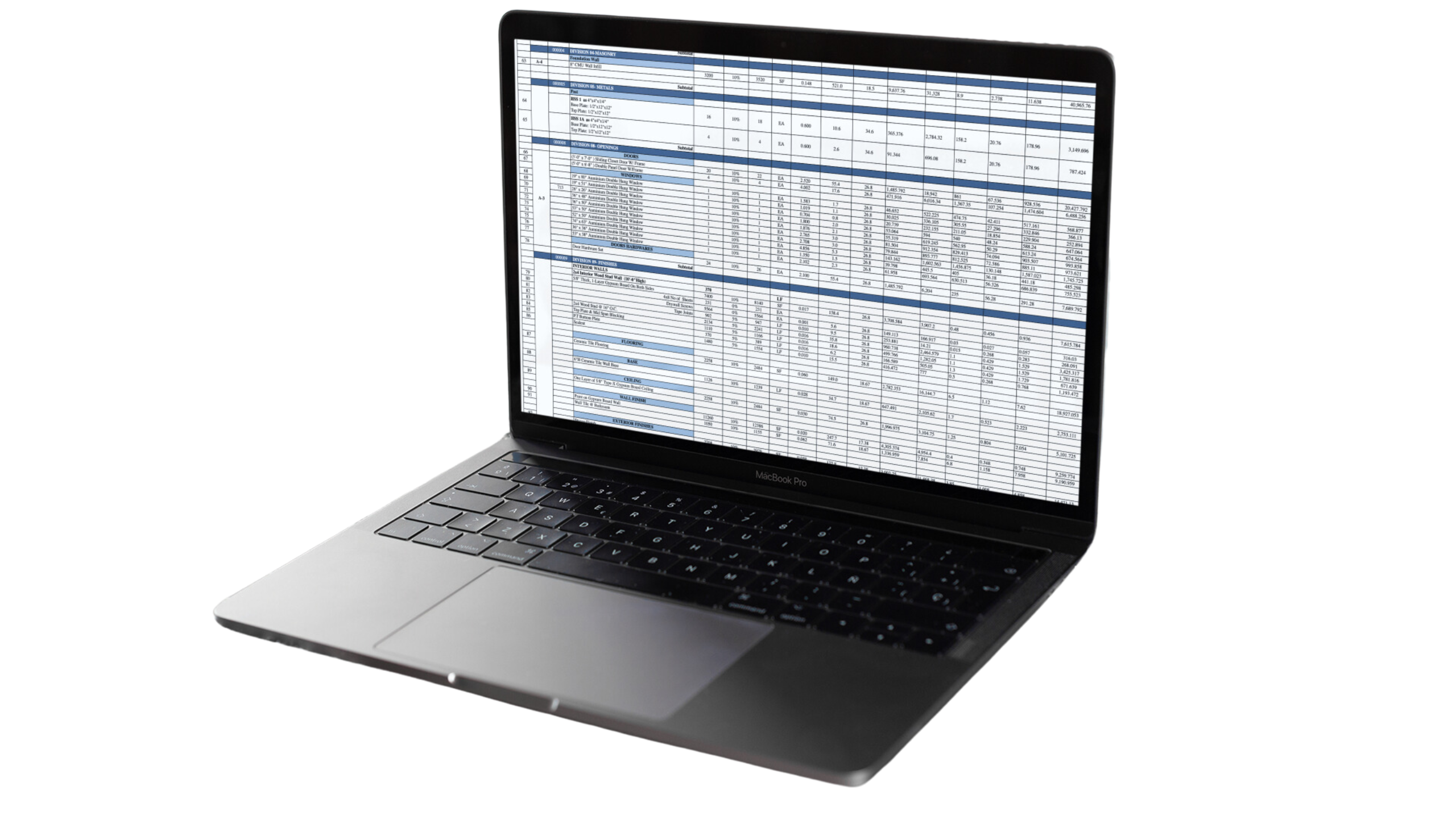
Maintenance and Long-Term Costs
Considering the long-term costs of maintaining and operating the HVAC system is essential for budgeting accurately. Regular maintenance helps ensure the system operates efficiently, reduces the likelihood of breakdowns, and extends the equipment’s lifespan. Creating a maintenance plan can prevent costly repairs and keep energy costs in check. Scheduled maintenance typically includes tasks such as filter replacement, cleaning coils, checking refrigerant levels, and inspecting electrical components, ensuring the system remains in optimal condition. A proactive maintenance strategy not only preserves the system’s performance but also enhances indoor air quality, contributing to a healthier and more comfortable environment for building occupants.
Maintenance Plan | Estimated Annual Cost |
Basic Maintenance | $1,690 – $4,225 |
Comprehensive Maintenance | $5,070 – $10,140 |
An effective maintenance plan ensures that the HVAC system continues to deliver reliable performance while minimizing the risk of unexpected issues.
Energy Efficiency and Sustainability
Investing in energy-efficient HVAC systems can result in significant cost savings over time. Consider systems with high Seasonal Energy Efficiency Ratio (SEER) or Heating Seasonal Performance Factor (HSPF) ratings, which indicate greater energy efficiency. Energy-efficient systems reduce environmental impact and may qualify for rebates or incentives that offset initial costs. By prioritizing energy efficiency, building owners can reduce their carbon footprint and align with sustainability goals, enhancing the building’s appeal to eco-conscious tenants and investors. Sustainable HVAC solutions contribute to a greener future and reflect a commitment to environmental responsibility.
Choosing the Right HVAC Contractor
Evaluating Experience and Expertise
Selecting the right HVAC contractor is crucial for a successful installation. Look for contractors with extensive experience in commercial HVAC systems and positive customer reviews. Verify their licensing and insurance to ensure they meet industry standards. Experienced contractors can provide valuable insights and recommendations, helping you make informed decisions about system design, components, and features. A reputable contractor will offer comprehensive support throughout the project, from initial consultation to final installation, ensuring a smooth and efficient process.
Requesting Detailed Quotes
Obtain detailed quotes from multiple contractors to compare prices and services. Ensure the quotes include all aspects of the project, from design and installation to maintenance plans. A comprehensive quote should also outline potential contingencies and additional costs. By comparing quotes, you can assess the value and quality of services offered, ensuring you choose a contractor who aligns with your budget and expectations. Transparent communication and detailed proposals are essential for selecting the right contractor for your HVAC installation.
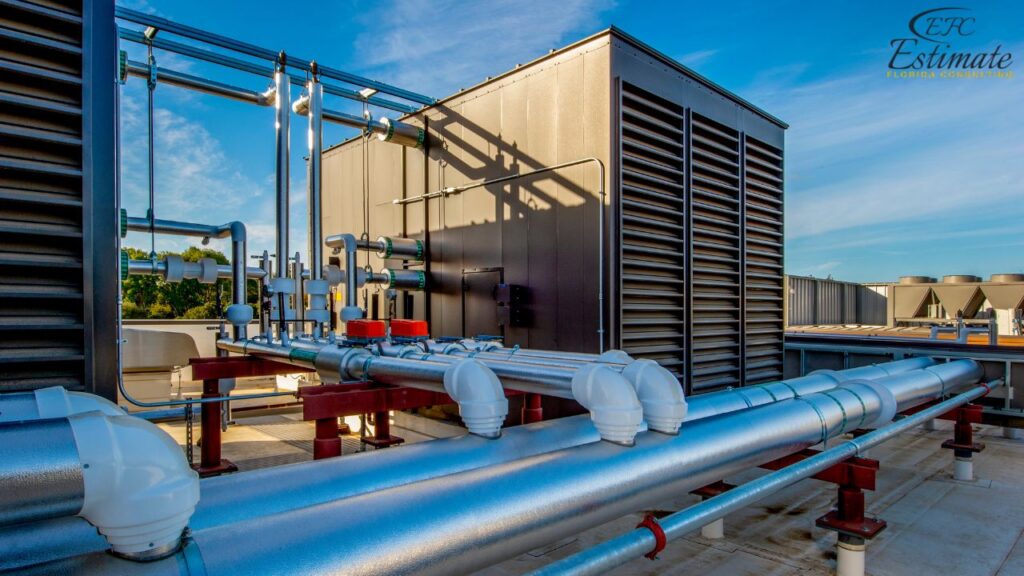
Tips for a Successful HVAC Installation
Plan for Future Expansion
When designing the HVAC system, consider future expansion needs. Installing a system that can accommodate growth will save costs and disruption later. Discuss scalability options with your contractor to ensure the system can handle potential increases in capacity. Future-proofing your HVAC system allows you to adapt to changing needs and requirements, maximizing your investment’s value over time.
Optimize System Design for Efficiency
Work with your contractor to design an HVAC system optimized for your building’s layout and occupancy patterns. An efficient design minimizes energy waste and maximizes comfort. Consider features like zoning controls to provide tailored heating and cooling in different building areas. An optimized system design ensures that the HVAC system operates at peak performance, delivering consistent and reliable comfort throughout the building.
Prioritize Indoor Air Quality
Invest in air purification and ventilation features to improve indoor air quality. Good air quality enhances occupant health and productivity, making it a worthwhile investment. Consider additional filtration systems, such as HEPA filters or UV light purifiers, to address specific air quality concerns.
Prioritizing indoor air quality not only benefits building occupants but also contributes to a healthier and more sustainable indoor environment.
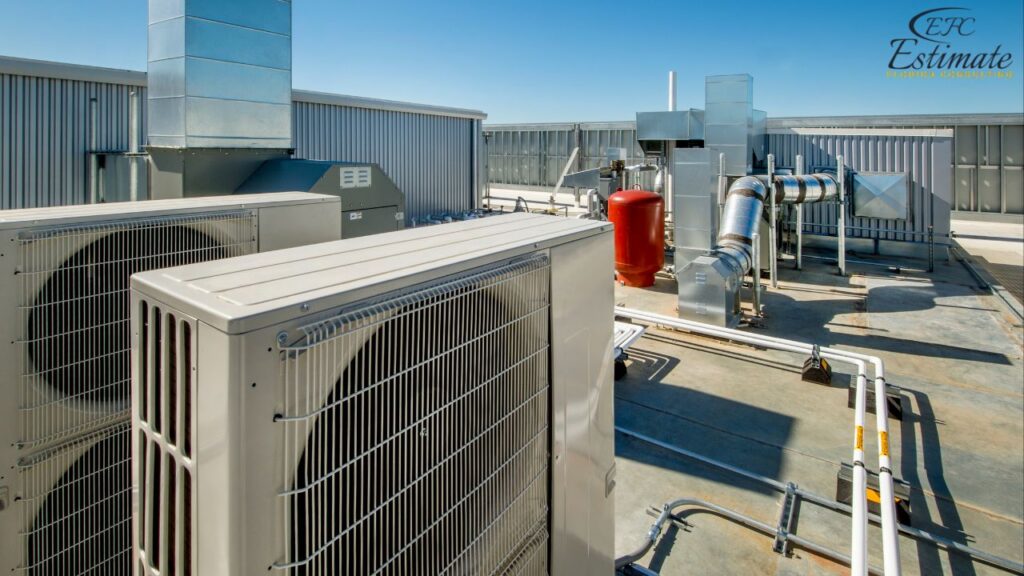
Understanding HVAC Systems
What is an HVAC System?
An HVAC system is a complex network of equipment designed to control the heating, cooling, and air quality in a building. It comprises various components, including furnaces, air conditioners, heat pumps, ductwork, and ventilation systems, working together to maintain optimal indoor conditions. In commercial buildings, HVAC systems are essential for creating a comfortable and productive environment for employees and customers, as well as protecting equipment and inventory. These systems must be designed to meet the specific needs of the building, considering factors such as occupancy, usage patterns, and regional climate. A well-designed HVAC system contributes to the overall functionality and sustainability of a building by efficiently regulating temperature and air quality.
Types of HVAC Systems for Commercial Buildings
Commercial HVAC systems vary widely in design and complexity, catering to the diverse needs of different buildings. Here are some of the common types:
- Split System: Consists of separate heating and cooling units connected by ducts and thermostats. This is one of the most common types of HVAC systems for commercial buildings, offering flexibility and efficiency. Split systems are ideal for smaller buildings or those with straightforward layouts, providing reliable performance with easy maintenance. These systems allow for individual control of different areas, which can help optimize energy use and comfort.
- Packaged System: Combines all components in a single unit, often placed on the roof. Packaged systems are ideal for buildings with limited indoor space, providing a compact and efficient solution. These systems are popular in urban areas where space is at a premium, offering easy installation and reduced indoor noise. By housing all components in one unit, packaged systems simplify maintenance and reduce the risk of internal equipment conflicts.
- Variable Refrigerant Flow (VRF) System: Uses a refrigerant in a single pipe to heat and cool different zones simultaneously. VRF systems are known for their energy efficiency and ability to provide customized comfort in large buildings. They offer precise temperature control, making them suitable for office buildings, hotels, and mixed-use properties where different zones have varying heating and cooling needs. VRF systems allow for simultaneous heating and cooling, providing the flexibility to meet the specific climate control requirements of individual zones.
- Ductless Mini-Split System: Consists of an outdoor unit connected to multiple indoor units, providing zoned heating and cooling without ductwork. This system is suitable for buildings where adding ductwork is impractical or costly. Ductless systems are often used in retrofits or historic buildings where structural modifications are limited, offering a flexible and energy-efficient alternative. The absence of ductwork reduces energy losses and simplifies installation, making ductless systems an attractive option for buildings with complex layouts.
Get 5 New Leads Next 7 Days With Our System
- Multi-Family House
- Single-Faimly House
- Modern House
- Duplex
- Ranch House
- Bungalow
Conclusion
Installing an HVAC system in a commercial building involves various factors that influence the overall cost, including building size, system type, and additional features. By understanding these components and working with experienced professionals, building owners can ensure a successful project that enhances energy efficiency, indoor comfort, and operational cost savings. Careful planning and budgeting will help prevent unexpected costs and ensure a system that meets your building’s unique needs. Whether you’re upgrading an existing system or installing a new one, investing in quality materials and workmanship will provide long-term benefits and peace of mind.
FAQs
The overall costs for installing an HVAC system in a commercial building can range from $103,090 to $317,720. This includes equipment and materials, labor, and additional expenses such as modifications or upgrades. The final cost depends on various factors such as the size of the building, the type of system chosen, and the complexity of the installation.
Key factors influencing HVAC installation costs include:
- Building Size and Layout: Larger buildings require more extensive systems and installations.
- Type and Efficiency of the System: High-efficiency systems often have higher upfront costs but offer long-term savings.
- Additional Components and Features: Options like air quality enhancements and smart thermostats can increase costs.
The size of the building significantly impacts HVAC installation costs, as larger buildings require systems with greater capacity and more extensive ductwork. The layout also affects costs, as buildings with multiple floors or complex designs may require specialized equipment and installation techniques. Here’s a breakdown of costs based on building size:
Building Size (Sq Ft) | Estimated Cost Range |
Up to 10,000 | $42,250 – $84,500 |
10,000 – 25,000 | $84,500 – $169,000 |
25,000 – 50,000 | $169,000 – $253,500 |
Over 50,000 | $253,500 – $507,000 |
The type of HVAC system chosen affects both the installation cost and long-term efficiency. Here are common types of systems and their estimated costs per ton installed:
System Type | Estimated Cost per Ton Installed |
Standard Efficiency | $3,380 – $5,070 |
High Efficiency | $5,070 – $6,760 |
Variable Refrigerant Flow (VRF) System | $6,760 – $10,140 |
Additional features enhance comfort and efficiency but can increase costs. Here are some common options:
Feature | Estimated Cost Range |
Air Purification System | $2,535 – $6,760 |
Smart Thermostats | $423 – $1,268 each |
Zoning Controls | $1,690 – $5,070 |
Labor costs depend on the complexity of the project and the contractor’s expertise. Here’s a breakdown of typical labor costs for key tasks:
Task | Estimated Cost Range |
System Design and Engineering | $8,450 – $25,350 |
Ductwork Installation | $5,070 – $15,210 |
Equipment Installation | $12,675 – $33,800 |
Google Reviews

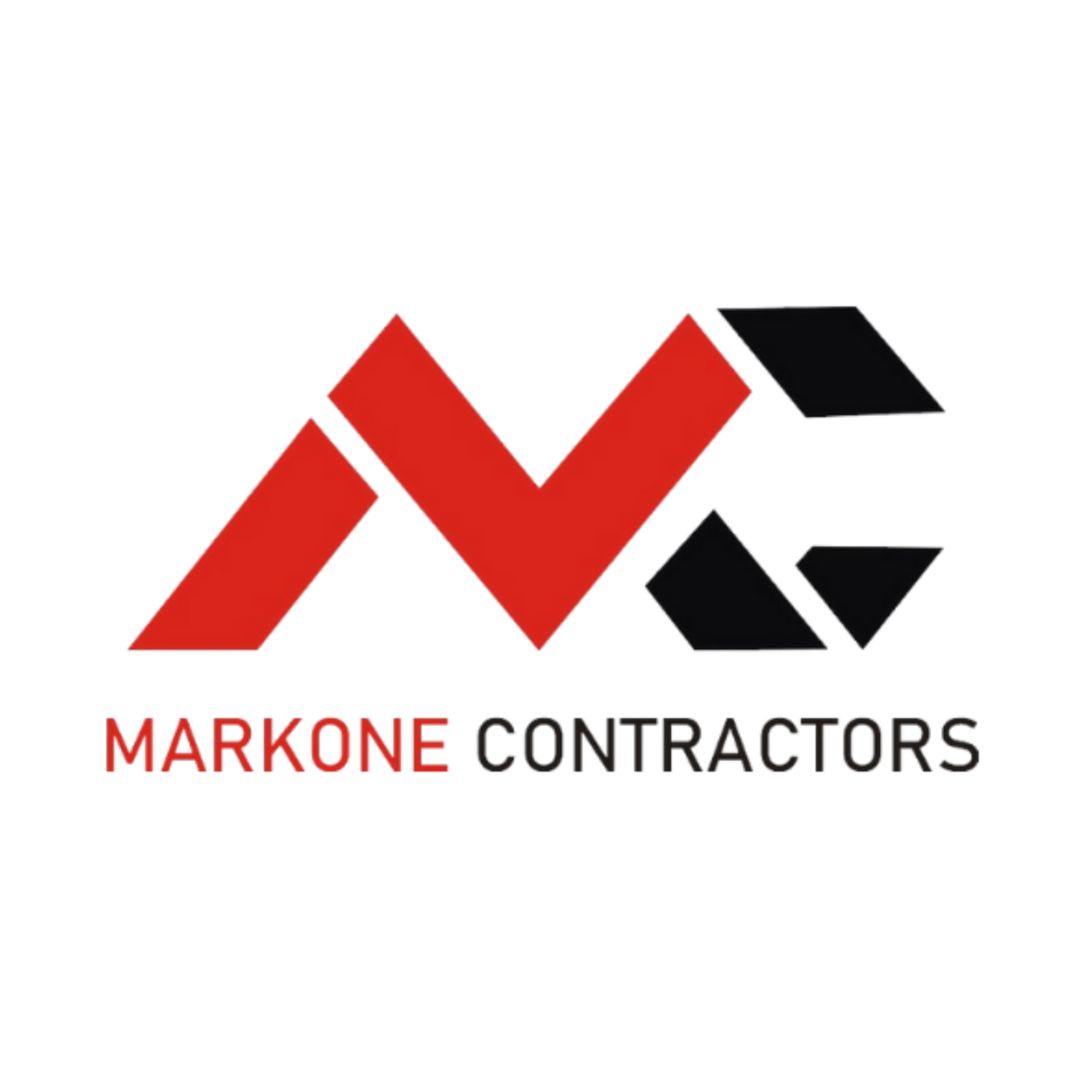

Process To Get The HVAC Installation Estimate Report
Here I am going to share some steps to get the HVAC installation estimate report.
-
You need to send your plan to us.
You can send us your plan on info@estimatorflorida.com
-
You receive a quote for your project.
Before starting your project, we send you a quote for your service. That quote will have detailed information about your project. Here you will get information about the size, difficulty, complexity and bid date when determining pricing.
-
Get Estimate Report
Our team will takeoff and estimate your project. When we deliver you’ll receive a PDF and an Excel file of your estimate. We can also offer construction lead generation services for the jobs you’d like to pursue further.

